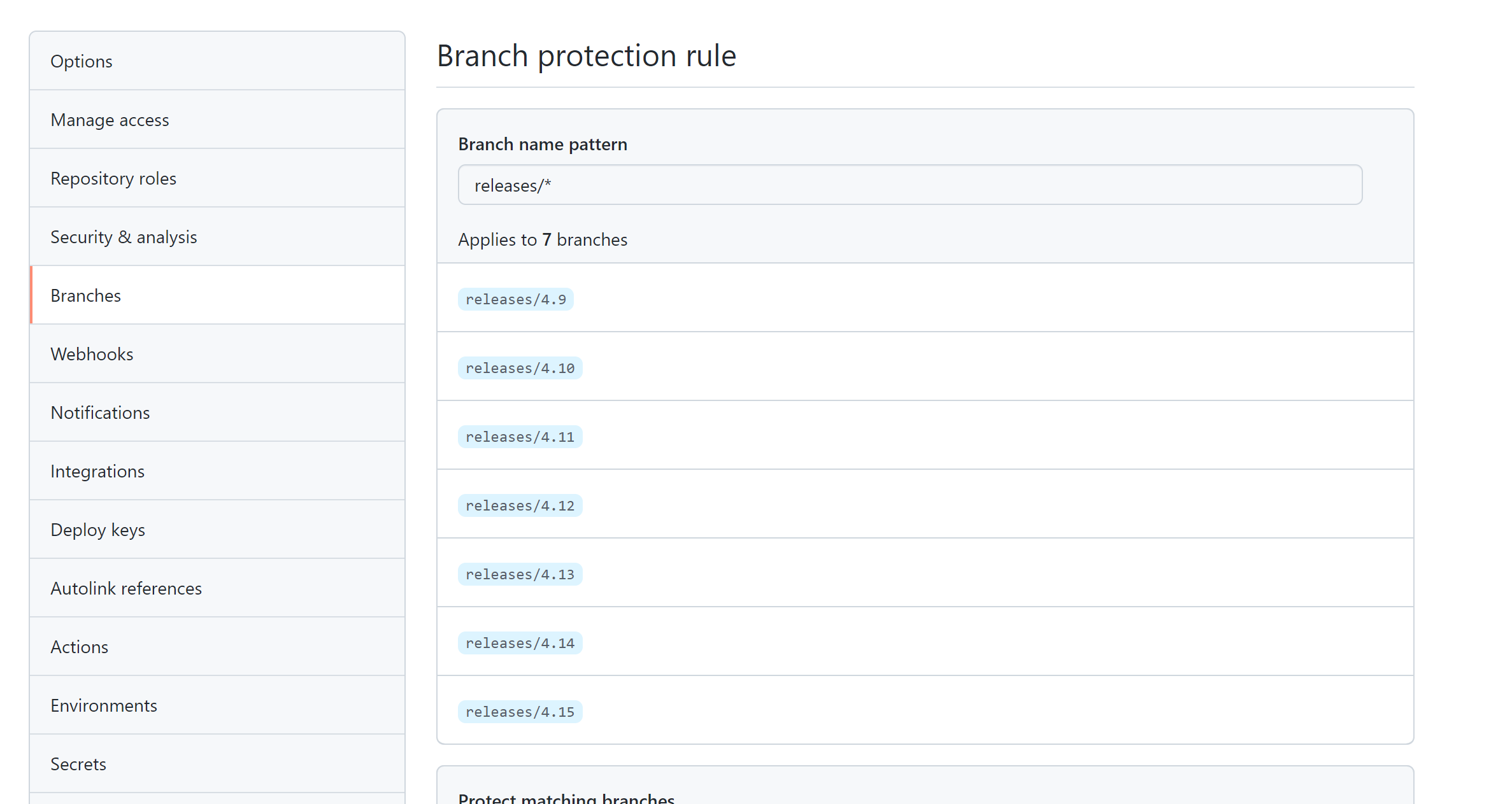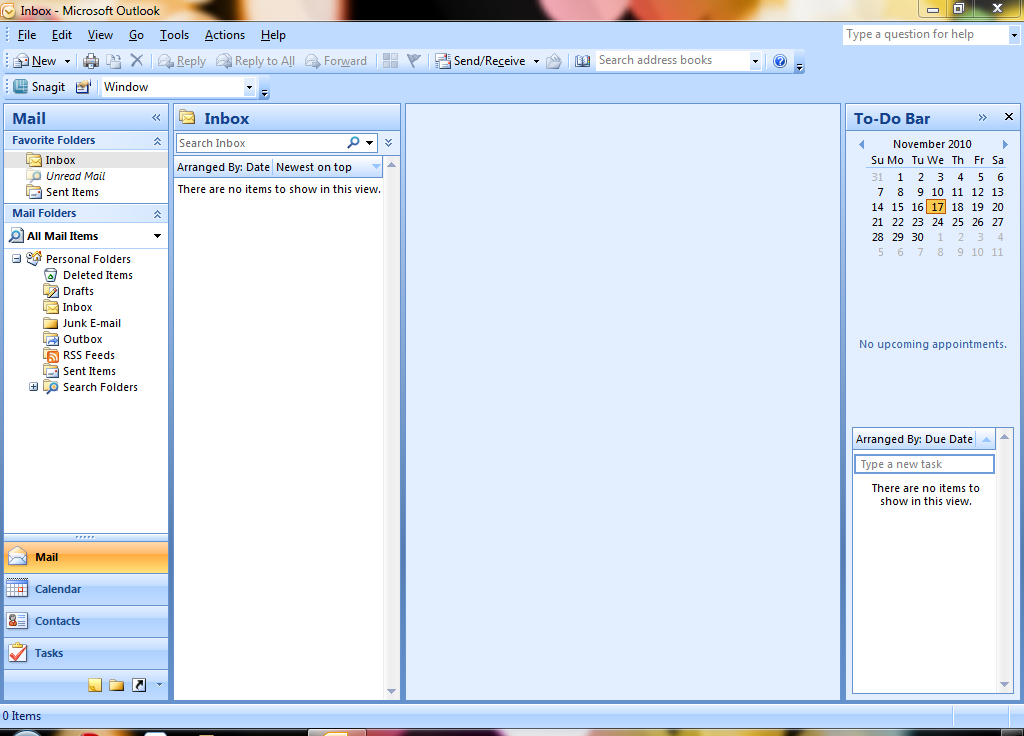

Test: ASF adds the corresponding X-header field to the message. This is the default value, and we recommend that you don't change it. On: ASF adds the corresponding X-header field to the message, and either marks the message as Spam (SCL 5 or 6 for Increase spam score settings) or High confidence spam (SCL 9 for Mark as spam settings). Enable, disable, or test ASF settingsįor each ASF setting, the following options are available in anti-spam policies: For more information, see Configure anti-spam policies in EOP. The following sections describe the ASF settings and options that are available in anti-spam policies in the Microsoft 365 Defender portal, and in Exchange Online PowerShell or standalone EOP PowerShell ( New-HostedContentFilterPolicy and Set-HostedContentFilterPolicy). The specific X-CustomSpam: X-header fields that are added to messages as described in this article.The presence of filtered messages in quarantine.Periodic quarantine notifications from spam and high confidence spam filter verdicts.

You can identify messages that were filtered by ASF by: You can't report messages that are filtered by ASF as false positives. Depending on the property, ASF detections will either mark the message as Spam or High confidence spam.Įnabling one or more of the ASF settings is an aggressive approach to spam filtering.

ASF specifically targets these properties because they're commonly found in spam. In all Microsoft 365 organizations, the Advanced Spam Filter (ASF) settings in anti-spam policies in EOP allow admins to mark messages as spam based on specific message properties.

Microsoft Defender for Office 365 plan 1 and plan 2.Advanced Spam Filter (ASF) settings in EOP


 0 kommentar(er)
0 kommentar(er)
